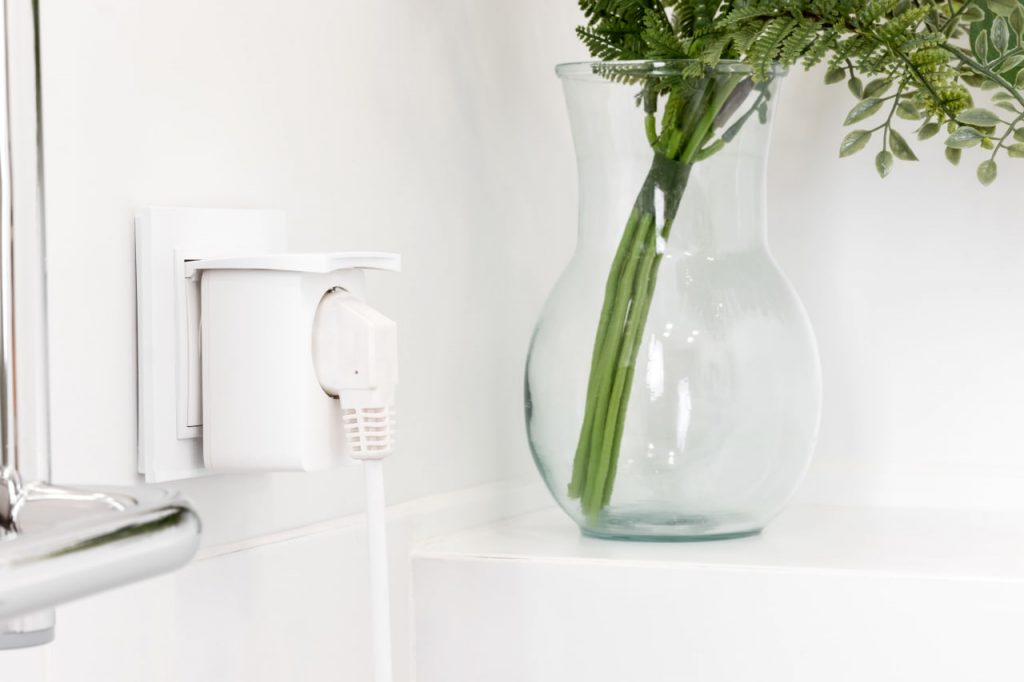In today’s digital age, smart devices aren’t just about convenience—they also play a crucial role in reducing your carbon footprint and promoting energy efficiency. From smart thermostats to smart plugs, these devices help you better manage energy consumption, reduce waste, and lower greenhouse gas emissions. In this article, we’ll explore how smart devices can help you live more sustainably while saving money on your energy bills.
1. Smart Thermostats: Optimize Heating and Cooling
Traditional thermostats rely on manual settings, often leading to inefficient energy use. Smart thermostats, on the other hand, learn your schedule and preferences, adjusting the temperature automatically to suit your needs. This means that heating and cooling systems only run when necessary, minimizing wasted energy. Some smart thermostats even use weather forecasts to make real-time adjustments, ensuring optimal energy use throughout the day. By reducing the workload on your heating and cooling systems, smart thermostats can lower your energy consumption and your carbon footprint.
2. Smart Plugs: Control Energy Use of Household Devices
Many household appliances and electronics continue to draw power even when turned off. This “vampire power” can add up over time, contributing to higher energy bills. Smart plugs offer a simple solution by allowing you to control the power supply to your devices remotely. With a smart plug, you can schedule when devices should turn off and on, ensuring they’re only using power when necessary. This helps reduce unnecessary energy consumption, saving both money and the environment.
3. Smart Lighting: Efficient and Automated Control
Lighting accounts for a significant portion of residential energy use, but with smart lighting, you can reduce your energy consumption without compromising on convenience. Smart bulbs allow you to adjust the brightness and color temperature to suit your needs, and they can be controlled remotely through your smartphone or voice commands. Many smart lighting systems also include motion sensors, so lights only turn on when someone is in the room, further conserving energy. By switching to smart lighting, you can create an energy-efficient home while enjoying customizable lighting options.
4. Smart Energy Meters: Track and Manage Energy Usage
Smart energy meters provide real-time data on how much energy your home is using, allowing you to monitor and adjust your consumption habits. These meters connect to your smartphone or home automation system, giving you a detailed breakdown of your energy use by time of day, appliance, and more. Armed with this information, you can identify areas where energy is being wasted and make informed decisions to reduce consumption. This proactive approach to energy management can help lower your utility bills while decreasing your carbon footprint.
5. Smart Home Systems: Integration for Maximum Efficiency
One of the biggest advantages of smart devices is their ability to work together in an integrated system. For example, a smart home system can combine your smart thermostat, lighting, plugs, and appliances to create a unified energy management strategy. These devices can communicate with one another to optimize energy use, adjusting temperature settings based on occupancy or turning off lights when no one is home. By integrating various smart devices, you can ensure that your home is as energy-efficient as possible, reducing waste and contributing to a more sustainable lifestyle.
Conclusion
Smart devices offer a simple yet effective way to reduce your carbon footprint and improve energy efficiency in your home. From controlling heating and cooling to optimizing lighting and power usage, these devices help you manage energy consumption more effectively, saving both money and the environment. As technology continues to advance, smart devices will play an even bigger role in helping homeowners make sustainable choices that benefit the planet. Embrace smart technology today, and take the first step toward a greener, more energy-efficient future.
